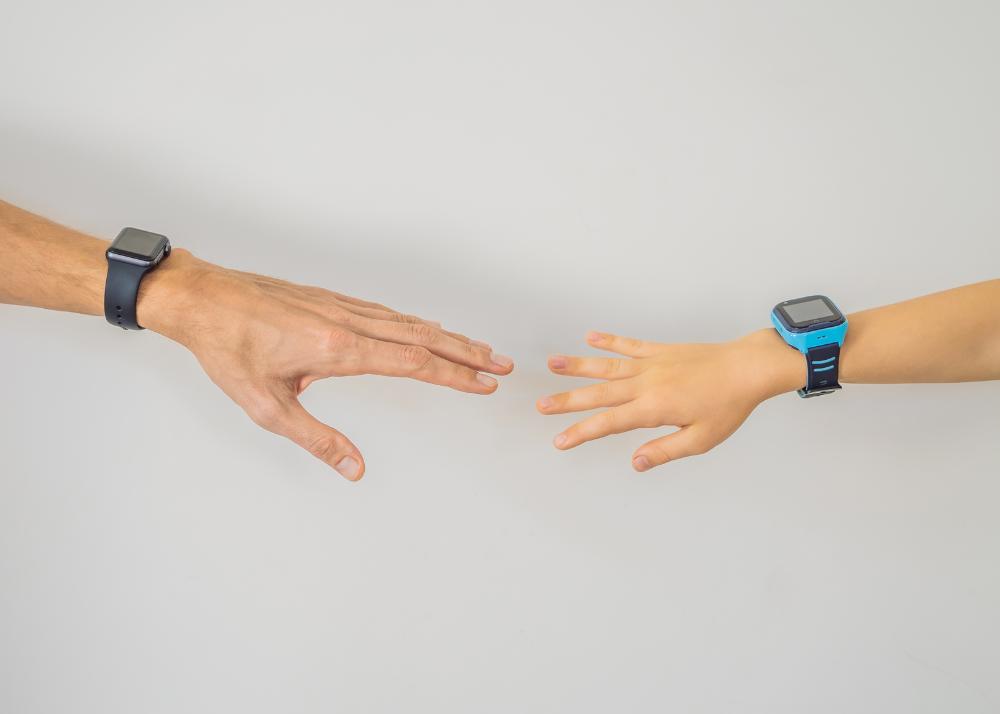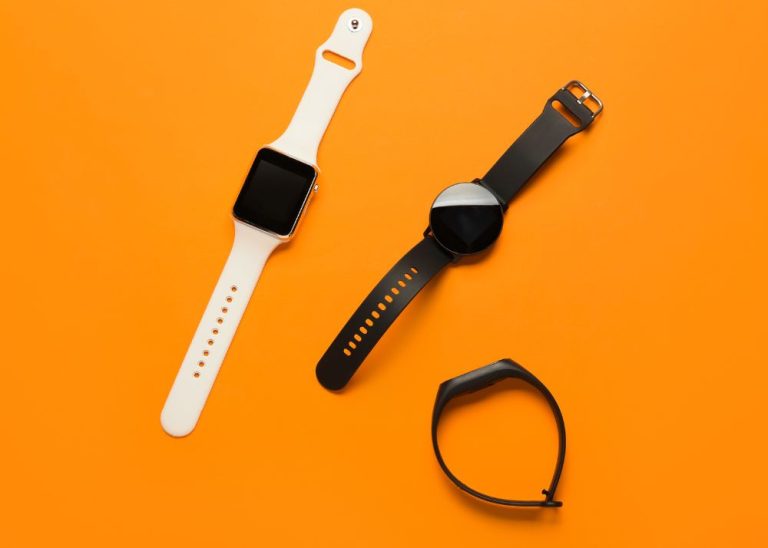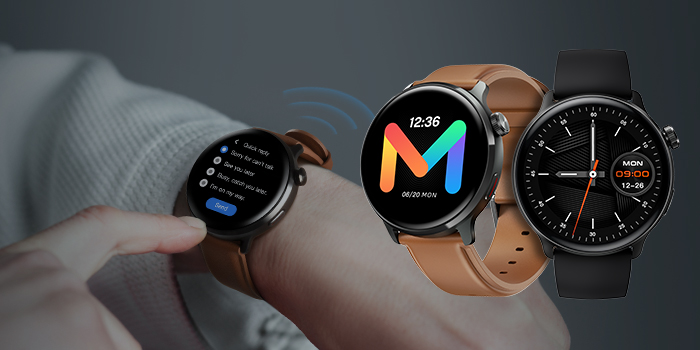Smartwatches for Kids: Are They Safe and Appropriate?
In recent years, wearable technology has become increasingly popular among adults, with smartwatches and fitness trackers being a common sight. However, wearable technology is no longer limited to adults – there are now numerous wearable devices available specifically for children. While these devices offer various benefits, many parents are understandably concerned about the safety and appropriateness of smartwatches for kids.
In this article, we’ll explore the various aspects of wearable technology for kids, including the benefits, risks, and considerations that parents should take into account when deciding whether to invest in these devices.
The Benefits of Wearable Technology for Kids
There are several benefits of wearable technology for children. One of the main advantages is that these devices can help parents keep track of their child’s location and activities. GPS-enabled smartwatches, for example, can provide real-time location updates, allowing parents to keep tabs on their child’s whereabouts and ensure their safety.
Wearable technology can also encourage children to stay active and lead healthier lifestyles. Many fitness trackers for kids come with fun features like step challenges and virtual rewards, which can motivate children to exercise and stay active.
In addition, some wearable devices are designed specifically to help children with special needs. Smartwatches with built-in sensory processing tools, for example, can help children with autism manage sensory overload and improve their communication skills.

Risks and Concerns
While there are many benefits to smartwatches for kids, there are also several risks and concerns that parents should be aware of. One of the main concerns is privacy – wearable devices can collect a significant amount of personal data, including location, activity, and health information. Parents should ensure that any wearable device they purchase for their child has strong privacy and security features in place.
Another concern is the potential impact of wearable technology on children’s physical and mental health. Excessive use of electronic devices, including wearable technology, has been linked to a range of negative health effects, such as eye strain, poor sleep quality, and increased risk of obesity.
Furthermore, wearable devices can be a distraction for children, particularly when they’re in school. Teachers have reported that students with smartwatches or other wearable devices are more likely to be distracted during class and may have difficulty focusing on their schoolwork.
Considerations for Parents
When deciding whether to invest in wearable technology for their child, there are several considerations that parents should take into account. First and foremost, parents should consider their child’s age and maturity level. Young children may not be ready for the responsibility of wearing and using a smartwatch or fitness tracker, while older children may be better equipped to handle the device and its features.
Parents should also carefully research any wearable device they’re considering purchasing for their child, paying close attention to factors like privacy and security features, battery life, and compatibility with other devices. It’s important to choose a device that’s appropriate for their child’s needs and preferences.
Another important consideration is the potential impact of wearable technology on their child’s social and emotional development. While wearable devices can provide many benefits, they can also contribute to feelings of isolation and disconnection, particularly if children become too reliant on the device for entertainment and social interaction.

Conclusion
Smartwatches for kids can offer many benefits, from improved safety and health to enhanced communication and sensory processing tools. However, parents should also be aware of the potential risks and concerns associated with these devices, including privacy issues and negative impacts on physical and mental health. By taking into account the age and maturity of their child, carefully researching wearable devices, and considering the potential impact on social and emotional development, parents can make an informed decision about whether wearable technology is appropriate for their child.







